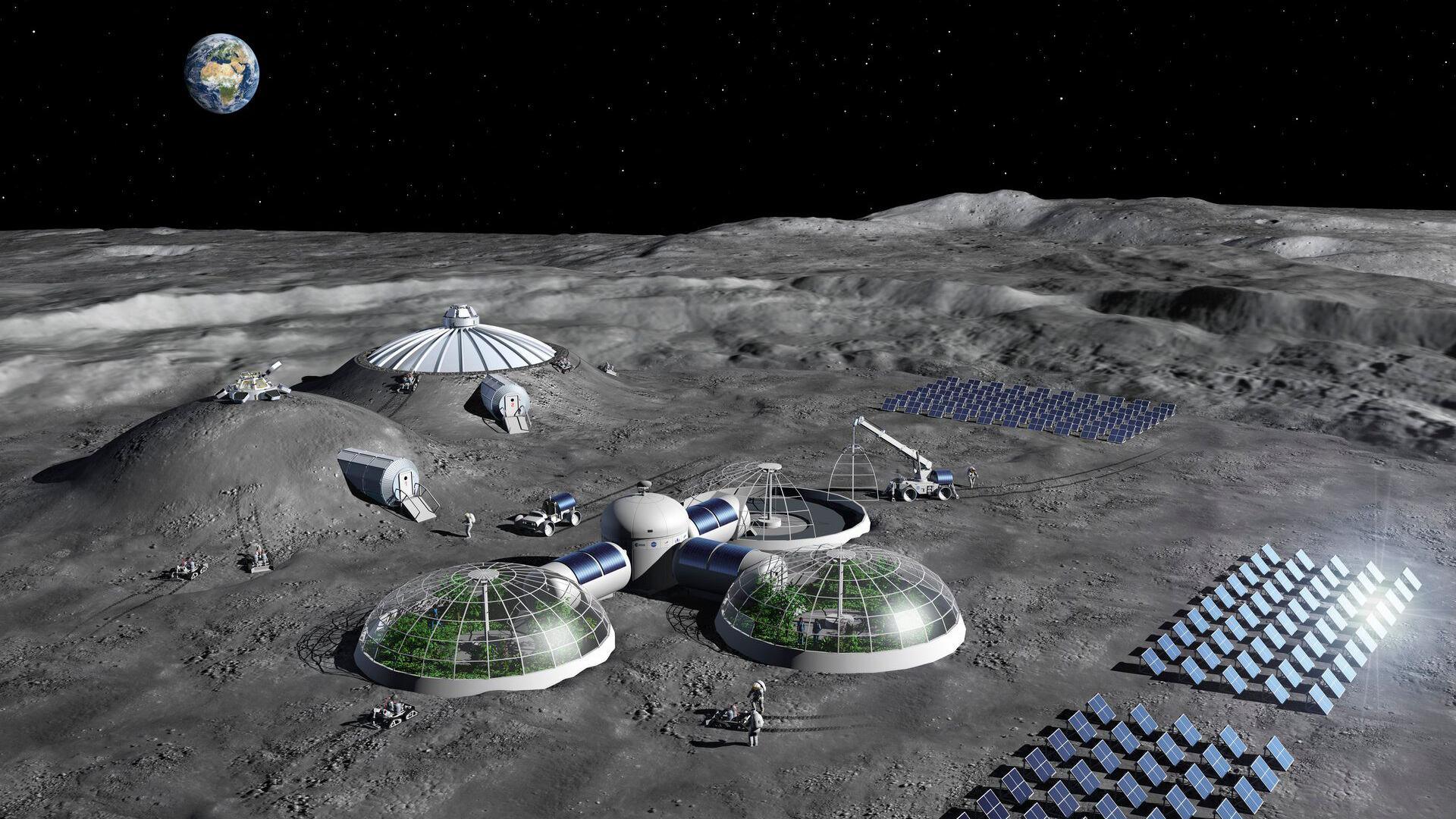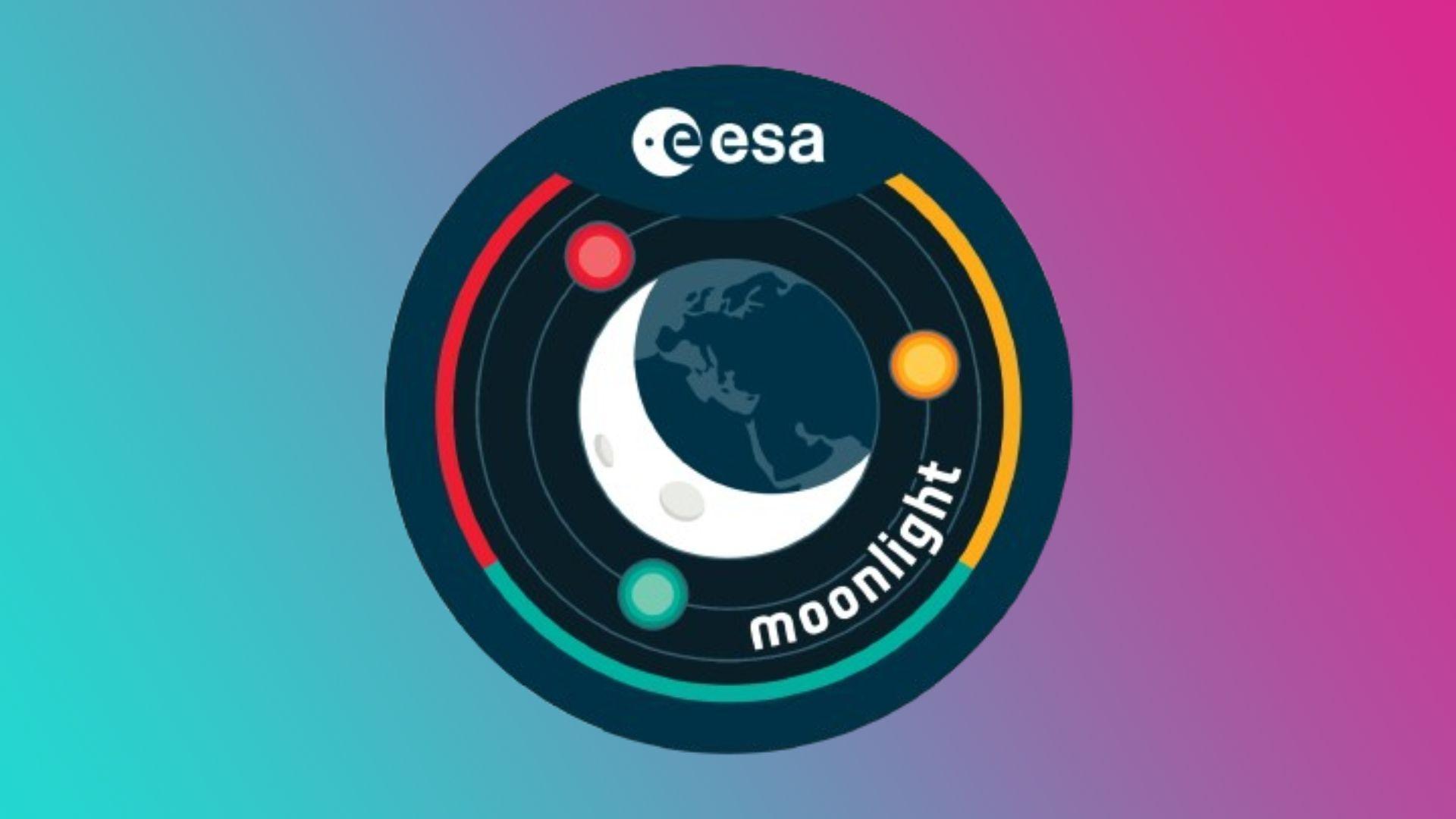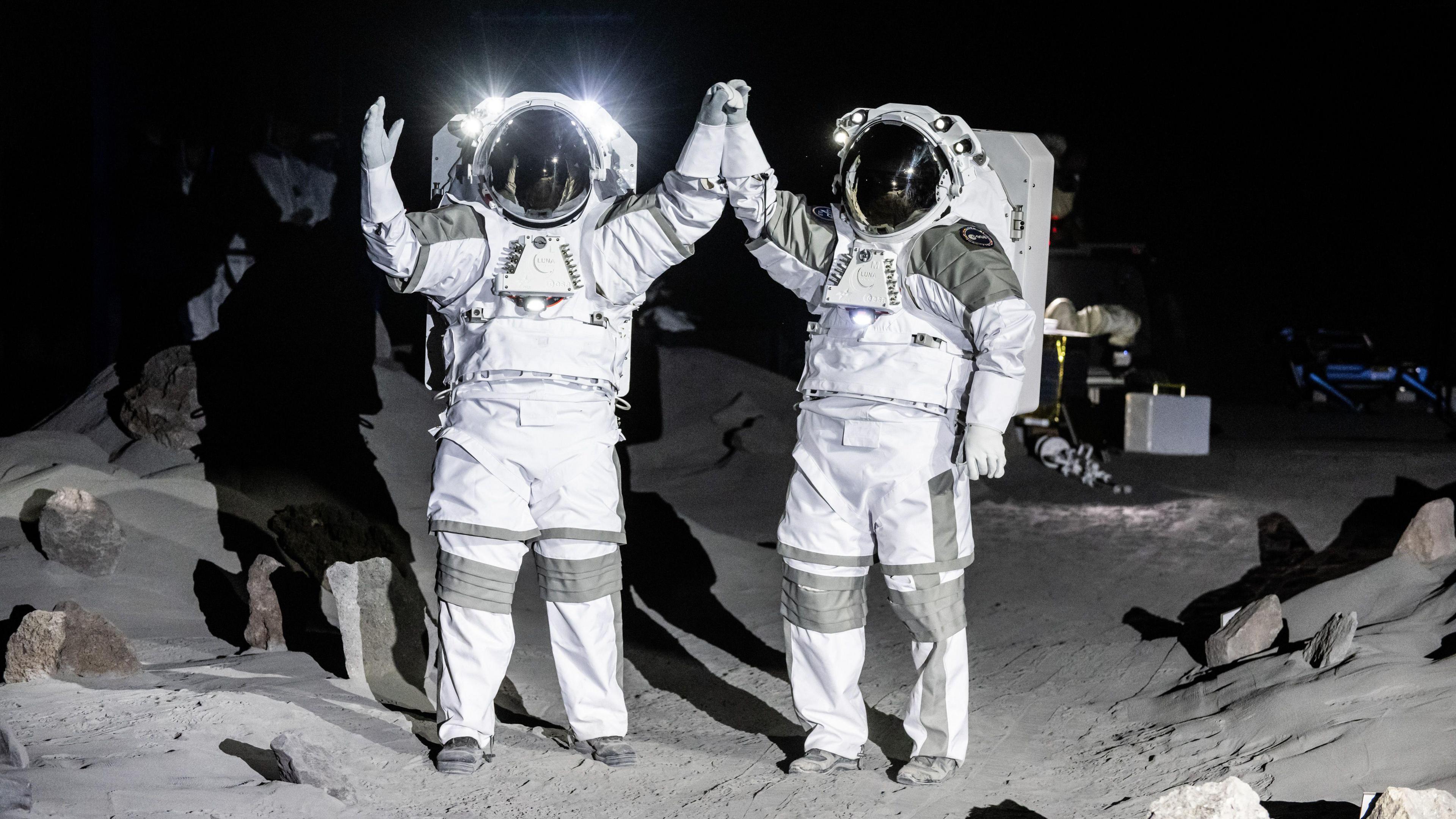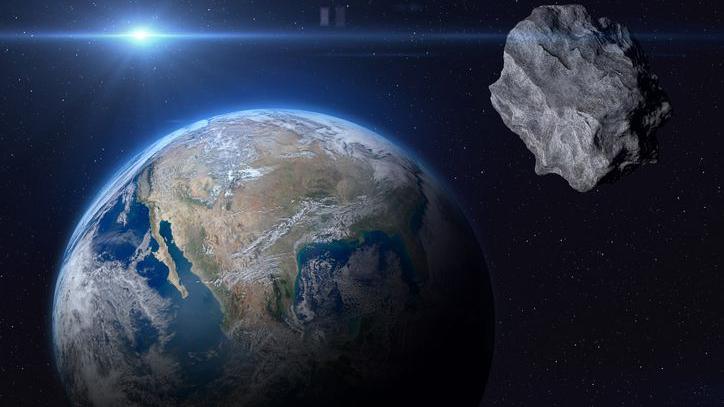Will we soon be texting the Moon?

Could a future Moon base look like this?
- Published
We've all been the victim of dodgy reception, but trying to get a phone signal on the Moon? Forget it.
However... that may soon be about to change - the European Space Agency (ESA) has launched a new mission called Moonlight to help make more communications possible on the Moon.
They're doing this by sending a number of satellites to start orbiting it, which will then be used to communicate back and forth with Earth.
More space news
Europa Clipper: Nasa's new Jupiter moon mission searching for alien life
- Published15 October 2024
Space X catches rocket booster in mid-air for the first time
- Published14 October 2024
Asteroids for dinner? Scientists research using asteroid bacteria to make space food
- Published7 October 2024

It will be the first time communications like this will have ever been set up anywhere in our solar system other than Earth
The mission also aims to set up a sat-nav system so future lunar explorers can get around easily.
This will make them the first off-planet communications provider.
The ESA say they hope this will be "a significant step towards sustainable lunar exploration and the development of a lunar economy".
Why are the ESA doing this?
There are lots of missions to the Moon planned over the next few years.
NASA is attempting its first lunar landing since 1972, in a mission called Artemis III, which will see the first woman walk on its rocky surface in 2026.
And the ESA are building some things on the Moon, such as a lander called Argonaut, which will allow lots of different types of spacecraft to land there.
Moon Landing: What are conditions like on the Moon?
This means that a lot more people (and, of course, robots) will be travelling the Moon, but currently it doesn't have any of the communications technology that we take for granted on Earth.
There's no way to make a phone call, send files quickly, or use maps on your phone to figure out where you're going.
In order for these missions to run more smoothly, and for people to potentially spend more time on the Moon in the future, this technology needs to be built.
How will Moonlight work?

What's the point of a Moon selfie if you can't send it to anyone?!
Moonlight will be made up of five satellites, which will form a "constellation" around the Moon.
Four of the satellites will be used for communication, and one for navigation.
They'll be connected to Earth via three ground stations, and the data network will cover a distance of 400,000km.
The first satellite will begin operations in 2026, and the ESA hope the whole network will be up and running by 2030.
More like this
- Published29 March 2024

- Published27 September 2024

- Published25 September 2024

